SON GENES SUPRESORES DE CANCER QUE AYUDAN A REPARAR EL ADN ...
Aunque las estructuras de los genes BRCA1 y BRCA2 son muy diferentes, al menos algunas de sus funciones están interrelacionadas. Las proteínas codificadas por ambos genes son esenciales en la reparación del ADN. La proteína BRCA2 se une y regula la proteína producida por el gen RAD51 para arreglar cortes en el ADN. Estos cortes pueden ser causados por radiación natural o médica, u otro tipo de exposiciones ambientales, pero también se producen cuando los cromosomas intercambian material genético durante el proceso de la meiosis. La proteína BRCA1 también interacciona con la proteína RAD51. Mediante la reparación del ADN, estas tres proteínas juegan un importante papel en el mantenimiento y estabilidad del genoma humano, evitando peligrosas reorganizaciones génicas que pueden conducir al desarrollo de diversos cánceres hetológicos.
BRCA1
BRCA1 es un gen humano del tipo de los gen supresor de tumores, que regulan el ciclo celular y evitan la proliferación incontrolada. La proteína BRCA1, producto de este gen, forma parte del sistema de detección y reparación de los daños del ADN. Las variaciones de este gen están implicadas en algunos tipos de cáncer, especialmente el cáncer de mama. El gen BRCA1 está situado en el brazo largo (q) del cromosoma 17, en la posición 21, desde el par de bases 38.449.843 hasta el par de bases 38.530.933.Algunas variaciones del gen BRCA1 conducen a un mayor riesgo para generar cáncer de mama. Los investigadores han identificado más de 600 mutaciones en el gen BRCA1, muchos de los cuales están asociados con un mayor riesgo de cáncer.
Un gen BRCA1 mutado normalmente produce una proteína que no funciona correctamente porque es anormalmente corta. Los investigadores creen que las proteínas defectuosas BRCA1 no está en condiciones de ayudar a corregir las mutaciones que se producen en otros genes. Estos defectos se acumulan y pueden permitir a las células crecer y dividirse de forma descontrolada, formando un tumor. Además de cáncer de mama, las mutaciones en el gen BRCA1 también aumentar el riesgo de cáncer de ovario, trompas de Falopio y de la próstata. Además, las lesiones precancerosas (displasia) dentro de la trompa de Falopio se han relacionado con mutaciones genéticas BRCA1.
BRCA2
La proteína BRCA2 es una proteína codificada en humanos por el gen BRCA2.1 Se han identificado ortólogos de BRCA22 en la mayoría de mamíferos para los cuales el genoma completo está disponible. BRCA2 pertenece a la familia de genes supresores de tumores3 4 y la proteína codificada por este gen está implicada en reparación de daño cromosómico con un importante papel en la reparación libre de errores de cortes en la doble hebra de ADN.5El gen BRCA2 está localizado en el brazo largo (q) del cromosoma 13 en la posición 12.3 (13q12.3), desde la base 31.787.616 a la base 31.871.804.1
La revista Time dedica su portada a Angelina Jolie.
Esta portada llega tras revelar Jolie en un artículo en The New York Times que se ha sometido a una doble mastectomía preventiva de cáncer de mama, al ser portadora del gen BRCA1, que aumenta el riesgo de desarrollar esta enfermedad."Mi madre luchó contra el cáncer durante casi una década y murió a los 56 años. Ella vivió el tiempo suficiente para ver al primero de sus nietos y cogerlo en sus brazos. Pero mis otros hijos nunca tendrán la oportunidad de conocerla y la experiencia de saber lo cariñosa y amable que era", contaba la actriz .
May 14, 2013
My Medical Choice
By ANGELINA JOLIE
LOS ANGELES
MY MOTHER fought cancer for almost a decade and died at 56. She held out long enough to meet the first of her grandchildren and to hold them in her arms. But my other children will never have the chance to know her and experience how loving and gracious she was.
We often speak of “Mommy’s mommy,” and I find myself trying to explain the illness that took her away from us. They have asked if the same could happen to me. I have always told them not to worry, but the truth is I carry a “faulty” gene, BRCA1, which sharply increases my risk of developing breast cancer and ovarian cancer.
My doctors estimated that I had an 87 percent risk of breast cancer and a 50 percent risk of ovarian cancer, although the risk is different in the case of each woman.
Only a fraction of breast cancers result from an inherited gene mutation. Those with a defect in BRCA1 have a 65 percent risk of getting it, on average.
Once I knew that this was my reality, I decided to be proactive and to minimize the risk as much I could. I made a decision to have a preventive double mastectomy. I started with the breasts, as my risk of breast cancer is higher than my risk of ovarian cancer, and the surgery is more complex.
On April 27, I finished the three months of medical procedures that the mastectomies involved. During that time I have been able to keep this private and to carry on with my work.
But I am writing about it now because I hope that other women can benefit from my experience. Cancer is still a word that strikes fear into people’s hearts, producing a deep sense of powerlessness. But today it is possible to find out through a blood test whether you are highly susceptible to breast and ovarian cancer, and then take action.
My own process began on Feb. 2 with a procedure known as a “nipple delay,” which rules out disease in the breast ducts behind the nipple and draws extra blood flow to the area. This causes some pain and a lot of bruising, but it increases the chance of saving the nipple.
Two weeks later I had the major surgery, where the breast tissue is removed and temporary fillers are put in place. The operation can take eight hours. You wake up with drain tubes and expanders in your breasts. It does feel like a scene out of a science-fiction film. But days after surgery you can be back to a normal life.
Nine weeks later, the final surgery is completed with the reconstruction of the breasts with an implant. There have been many advances in this procedure in the last few years, and the results can be beautiful.
I wanted to write this to tell other women that the decision to have a mastectomy was not easy. But it is one I am very happy that I made. My chances of developing breast cancer have dropped from 87 percent to under 5 percent. I can tell my children that they don’t need to fear they will lose me to breast cancer.
It is reassuring that they see nothing that makes them uncomfortable. They can see my small scars and that’s it. Everything else is just Mommy, the same as she always was. And they know that I love them and will do anything to be with them as long as I can. On a personal note, I do not feel any less of a woman. I feel empowered that I made a strong choice that in no way diminishes my femininity.
I am fortunate to have a partner, Brad Pitt, who is so loving and supportive. So to anyone who has a wife or girlfriend going through this, know that you are a very important part of the transition. Brad was at the Pink Lotus Breast Center, where I was treated, for every minute of the surgeries. We managed to find moments to laugh together. We knew this was the right thing to do for our family and that it would bring us closer. And it has.
For any woman reading this, I hope it helps you to know you have options. I want to encourage every woman, especially if you have a family history of breast or ovarian cancer, to seek out the information and medical experts who can help you through this aspect of your life, and to make your own informed choices.
I acknowledge that there are many wonderful holistic doctors working on alternatives to surgery. My own regimen will be posted in due course on the Web site of the Pink Lotus Breast Center. I hope that this will be helpful to other women.
Breast cancer alone kills some 458,000 people each year, according to the World Health Organization, mainly in low- and middle-income countries. It has got to be a priority to ensure that more women can access gene testing and lifesaving preventive treatment, whatever their means and background, wherever they live. The cost of testing for BRCA1 and BRCA2, at more than $3,000 in the United States, remains an obstacle for many women.
I choose not to keep my story private because there are many women who do not know that they might be living under the shadow of cancer. It is my hope that they, too, will be able to get gene tested, and that if they have a high risk they, too, will know that they have strong options.
Life comes with many challenges. The ones that should not scare us are the ones we can take on and take control of.

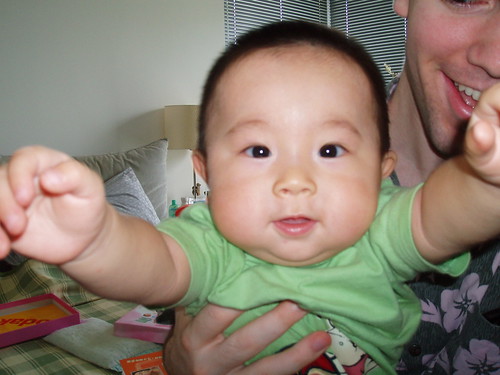



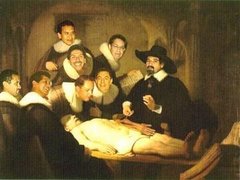




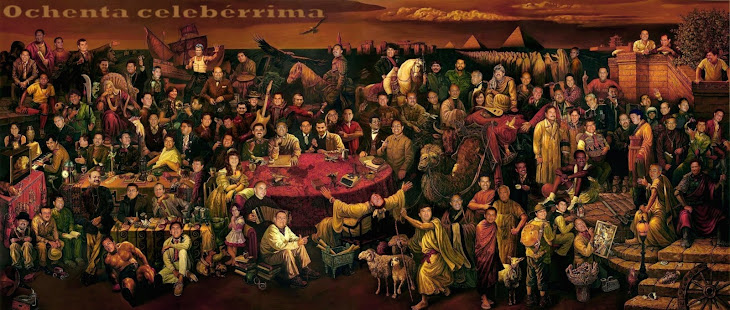
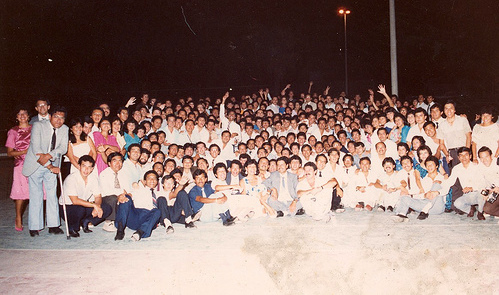
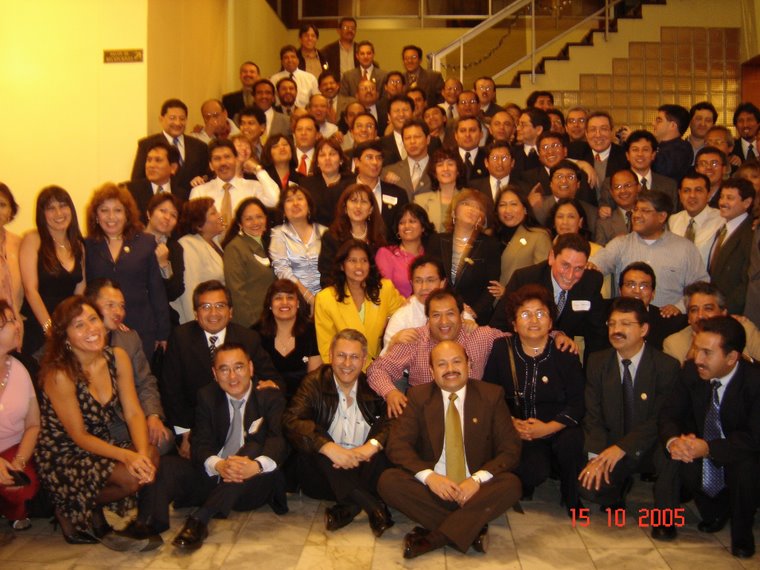
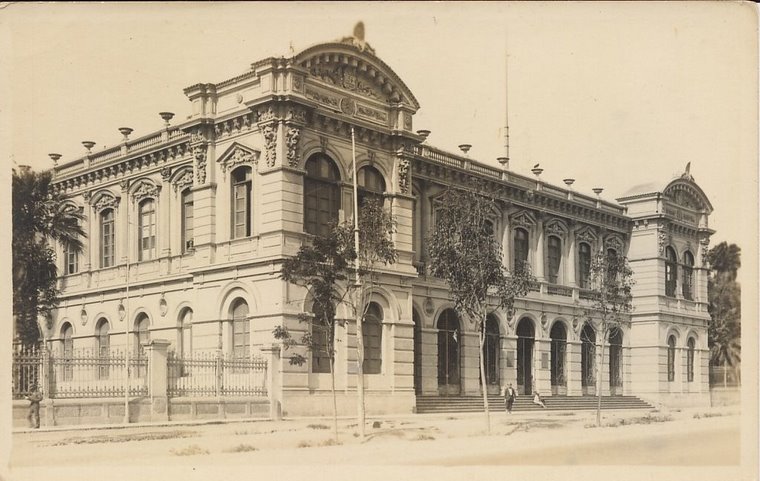
No hay comentarios.:
Publicar un comentario